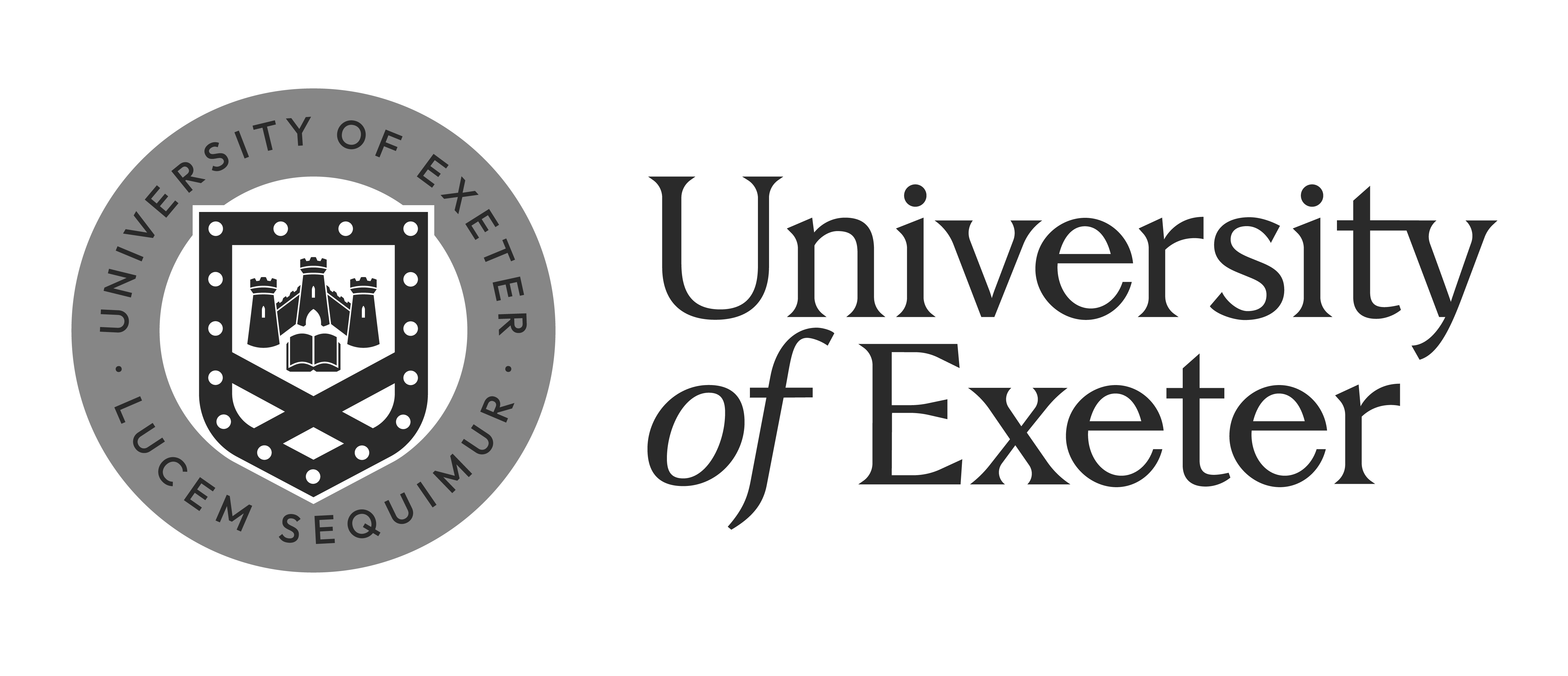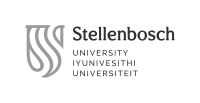F2219 Science Communication and Sustainability
Professors
Schedule
Course description
This course will examine the topic of science communication, providing an introduction to (i) the role of communication in science, as an important element of Responsible Research and Innovation (RRI), (ii) the cultural, practical and policy-related role of science communication in wider society to promote public engagement in discussion and actions, and (iii) the role it can play in supporting sustainable development.
The course will start from exploring the different definitions of science communication and the evolution of the concept from an education approach to a more dialogic one, that brings together scientists, communicators and the public.
The course will also work to respond to the three key questions concerning science communication and the public, in terms of (i) who are the publics to reach, (ii) why to communicate them, (iii) what to communicate and (iv) how to communicate in an effective way. The non-mediated vs. mediated modes of communicating will be considered, putting in evidence barriers and opportunities related to each strand, from journalism to museums and the social media. Special attention will be given to the topic of misinformation especially in relation to digitalized media, exploring the reasons behind this phenomenon and strategies to tackle it.
The course will also look at science communication in relation to sustainable development and environmental issues and how it can support the achievement of the SDGs.
A key element considered throughout the course will be the quality in science communication and how to “recognize” it.
Learning objectives
Students will gain exposure to the great body of scholarship about science communication, including work from communication, sociology and science theories among others. They will also gain sharper understanding of the challenges of science communication, in particular in relation to environment and sustainable development.
The course will take advantage of VIU’s unique international diversity by building in opportunities for students to share and reflect upon science communication role and trajectories in their own home countries. In addition, great attention will be given to the interdisciplinary approach of Science communication taken advantage of the multidisciplinary components of VIU classes.
Teaching and evaluation methods
The course will include frontal lectures and open discussion on the theories of science communication, case studies on communication of specific scientific topics and practical work on their revisions, both individually and in group.
Seminars involving practitioners of different strands (journalists, museum explainers, experts in social media) will be organized.
Students will be expected to do the required readings and to attend class regularly. Required readings will be designated on a weekly basis. Students will be also encouraged to find additional material for their final project by searching the Internet and accessing suggested websites. Individual paper and a group paper will be required.
Grades will be calculated as follows: class participation, 10%; individual papers, 45%, group project, 45%.
Readings
There will be a number of articles and readings available on the VIU course eLearning platform, such as:
Ashwell, Douglas James. ‘The challenges of science journalism: The perspectives of scientists, science communication advisors and journalists from New Zealand’ Public Understanding of Science vol 25 issue 3 2016.
Besley, John C., and Matthew Nisbet. 2011. “How Scientists View the Public, the Media and the Political Process.” Public Understanding of Science.
Bessi, A., Coletto, M., Davidescu, G. A., Scala, A., Caldarelli, G., & Quattrociocchi, W. (2015). Science vs conspiracy: Collective narratives in the age of misinformation. PloS one, 10(2), e0118093.
Brossard, Dominique, and Dietram A. Scheufele. "Science, new media, and the public." Science 339.6115 (2013): 40-41.
Brownell S. E., Price J. V. and Steinman L. (2013). Science Communication to the General Public: Why We Need to Teach Undergraduate and Graduate Students this Skill as Part of Their Formal Scientific Training, in J Undergrad Neurosci Educ. 2013 Fall; 12(1): E6–E10.
Davies S.R., Horst M. (2016). Science Communication: Culture, Identity and Citizenship. Palgrave Macmillan.
Dawson E. (2018). Reimagining publics and (non) participation: Exploring exclusion from science communication through the experiences of low-income, minority ethnic groups. Public Understanding of Science, Vol. 27(7) 772–786.
Del Vicario, Michela, Alessandro Bessi, Fabiana Zollo, Fabio Petroni, Antonio Scala, Guido Caldarelli, H Eugene Stanley, and Walter Quattrociocchi. 2016. “The Spreading of Misinformation Online.” Proceedings of the National Academy of Sciences 113 (3).
Greenwood MRC, Riordan DG (2001). Civic scientist/Civic Duty. Science Communication. 2001; 23:28–40.
Humm C., Schrögel P., Leßmöllmann A. (2020). Feeling Left Out: Underserved Audiences in Science Communication. Media and Communication, Volume 8, Issue 1, Pages 164–176.
Leshner AI. Public engagement with science. Science. 2003; 299:977.
Mannino I., Fornetti A. et al. (2021). Supporting quality in science communication: insights from the QUEST project, Journal of Science Communication, 2021-05-10, DOI: 10.22323/2.20030207.
Olesk A., Mannino I., Fornetti A. et al. (2021). Quality indicators for science communication: results from a collaborative concept mapping exercise. Journal of Science Communication 2021- 05-10, DOI: 10.22323/2.20030206
Pearson, Gillian, Susan M. Pringle, and Jeffery N. Thomas. 1997. “Scientists and the Public
Understanding of Science.” Public Understanding of Science 6 (3): 279–89.
Rempela E. S., Barnetta J., Durrant H. (2018). Public engagement with UK government data science: Propositions from a literature review of public engagement on new technologies. Government Information Quarterly 35, pp. 569–578.
Rodari P., Marzagora, M. 2007. The role of science centres and museums in the dialogue between science and society, in Journal of Science Communication, JCOM 6 (2), June 2007.
Schäfer, Mike. S. 2009. "From public understanding to public engagement: An empirical assessment of changes in science coverage." Science Communication, 30(4), 475-505.
Trench B. (2014). Do we know the value of what we are doing? Journal of Science Communication, 13(01).
Zollo, Fabiana, Petra Kralj Novak, Michela Del Vicario, Alessandro Bessi, Igor Mozetič, Antonio Scala, Guido Caldarelli, and Walter Quattrociocchi. 2015. “Emotional Dynamics in the Age of Misinformation.” PLoS ONE 10 (9).


















